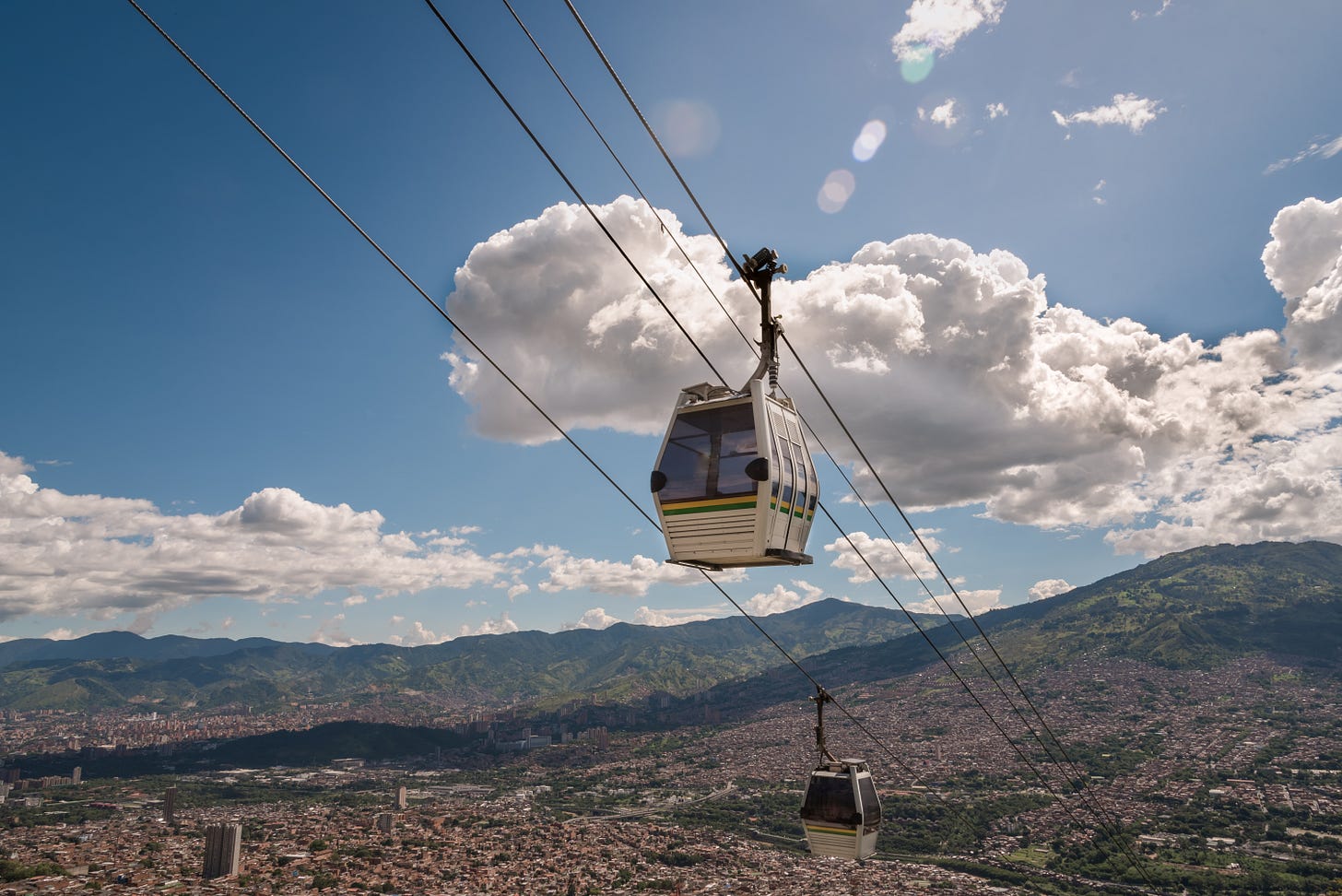This week, we interviewed Seung Y. Lee, who writes S(ubstack)-Bahn, a publication telling the histories of public transit systems and the people and politics behind them.
This interview has been edited for length and clarity.
What’s your Substack about in one sentence?
S(ubstack)-Bahn is a deep dive to answer why trains around the world work (or not) a certain way, by focusing on political choices people made through time.
What are the themes you try to tackle with S(ubstack)-Bahn?
Transit is the business of moving as many people as possible. It is for people, to people, by people. Too often, smart discussions about public transit focus on efficiency, money, and policy. I wanted to look closer at the people—within institutions or outside groups—who make decisions that have either saved or destroyed future growth in this space.
Because it’s so people-focused, I have people-focused biases. I am against privatization and tone-deaf agencies, and for unions and decision makers who care. Working within self-imposed constraints, I’m able to dig deeper and even challenge my preconceptions.
Too often, smart discussions about public transit focus on efficiency, money, and policy. I wanted to look closer at the people—within institutions or outside groups—who make decisions that have either saved or destroyed future growth in this space.
How did you become interested in public transit and urban design?
I was born in Seoul and raised in Los Angeles, and I relied on public transit in both places. When I moved to the Bay Area for college, I continued using public transit and never owned a car. This lifelong experience of being wholly reliant on U.S. public transit—for good and for bad—led to my current job working for the Bay Area Rapid Transit (BART).
After a few years working in public transit, I noticed repeated questions from transit enthusiasts and the general public on why things are the way they are in America and why can’t we just be like, say, Japan. I was curious too, and I found the most common answers unsatisfying. As a former Silicon Valley newspaper reporter, I thought I may have the chops, too, to write after work.
You’ve written about the history of public transportation in California, South Korea, Australia, and Japan. What does your research process look like?
It’s thankfully easy: I keep reading. I’m fluent in English and Korean, and over the years I pick up on issues, themes, and events that serve as story inspirations.
But I cannot read Japanese, so more often than not I rely on English-language materials on Japanese rail scattered about the internet. For my two-parter on how Tokyo’s regional rail went from near-collapse in the 1960s to the world-class system it is now, I would amateurishly research and translate them piecemeal. It was very laborious but also fun and addictive. Too many Americans make Japan out as this train nirvana, and my reflex is to break down the mindless adulation and present new ideas.
Why are trains in America the way they are?
The United States unconditionally surrendered all forms of rail—once the envy of the world—to cars in the 1950s. Many peer countries have demonstrated continuous investments in rail, and its growth is paramount to national infrastructural success. Melbourne stubbornly kept their trams while other Australian cities ditched them for cars, but it proved far cheaper and far wiser to improve the current network than rebuilding a new one.
One of my curiosities is to uncover the people who signed off on the destruction of rail in America, like Arthur C. Jenkins, who helped kill BART on the Golden Gate Bridge (among many other rail projects in California). It won’t bring the trains back, but I find knowing more about who they were and why they did it illuminating and invigorating.
Read more: The Soldier Who Defended Melbourne’s Trams
What’s your favorite public transit system?
I love the public transit system in Medellín, Colombia. It’s clean, frequent, and well-used despite its system only being 30-odd years old. It is the best case of what happens when a public transit system is built with people in mind and as a civic symbol to help move the city beyond its very violent past in the 1980s and 1990s.
Despite writing so much about Japan and Korea, I think the true interesting action in transit is happening in countries like India and Vietnam, as two main examples. Latin America and India are my white whales for future S(ubstack)-Bahn content. (And I’m seeking collaborators!)
Who’s another Substack writer you’d recommend?
I like Darrell Owens who writes a lot about the Bay Area with curiosity and courage, which I envy. I like John Ganz and Alex Pareene for their intellectual clarity, which I find the most desirable trait of any writer. I also love my friend Sean Wagner-McGough’s Substack about the movies.
Subscribe to Seung Y. Lee’s Substack, S(ubstack)-Bahn. You can also find Seung on Twitter.





